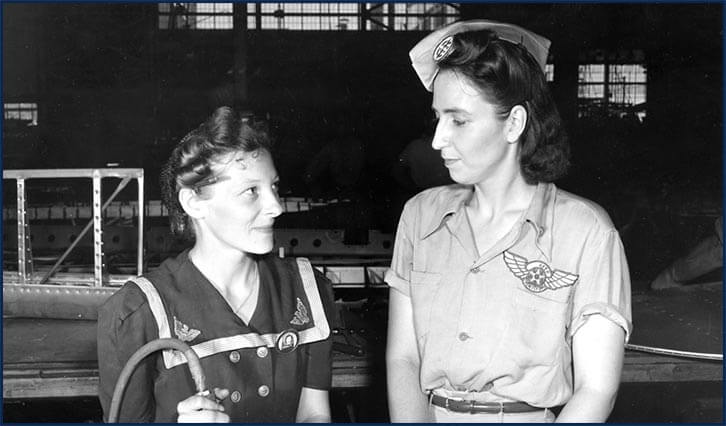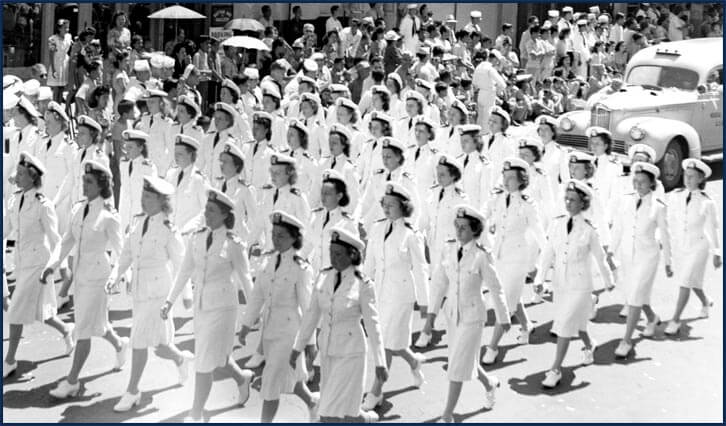The Women of Pearl Harbor
“It was then that I realized how important women can be in a war-torn world.”
These were the words written by Honolulu Star-Bulletin reporter Elizabeth (Betty) McIntosh, who was working at Pearl Harbor on December 7, 1941 when the Japanese attacked. Her article, written a week after the attack, warned women of the things that lay ahead of them as the war commenced, but due to the graphic content it was rejected by the newspaper editor. It was only printed for the first time, some 71 years later in the Washington Post.
Here is an extract:
“For seven ghastly, confused days, we have been at war. To the women of Hawaii, it has meant a total disruption of home life, a sudden acclimation to blackout nights, terrifying rumors, fear of the unknown as planes drone overhead and lorries shriek through the streets.
The seven days may stretch to seven years, and the women of Hawaii will have to accept a new routine of living. It is time, now, after the initial confusion and terror have subsided, to sum up the events of the past week, to make plans for the future.”
Betty went on to work for the CIA and lived to be 100 years old (2015).
Betty was one of many women who played in integral role at Pearl Harbor, both before and after the attack. At the time, women were not able to be part of combat and were instead enlisted as nurses, mechanics, drivers and telegraphers.

Interestingly, there is a photo which was found and posted on the internet, in search of four women who were said to be fighting a fire at the time of the attack. One of the women eventually came forward, aged 96, and said though the photo was actually taken during a training exercise prior to the attack and not on the day as claimed, the women DID go on to work as civilians at the Pearl Harbor Naval Shipyard – with fire fighting one of their duties.
Few of the women who were stationed at Pearl Harbor had ever considered the possibility that war would hit their shores. Many were not prepared for such a thing, but around three hours after the first strike hit the USS Arizona, wounded men began to arrive on the shorelines needing treatment. What seemed a simple lifestyle for many of the women, suddenly became a nightmare and nurses worked day and night, often with little sleep, trying to help the mortally wounded (which was often just a shot of morphine to help ease the pain).
Following the attack, a Women’s Army Auxiliary Corps was created and female military divisions expanded. By the end of the war, more than 150,000 women from the US had made noble contributions to the Women’s Army Corps and in total, 350,000 US women had served in uniform both overseas and on the home front.

General Eisenhower stated: “The contribution of the women of America, whether on the farm or in the factory or in uniform, to D-Day was a sine qua non of the invasion effort.”







